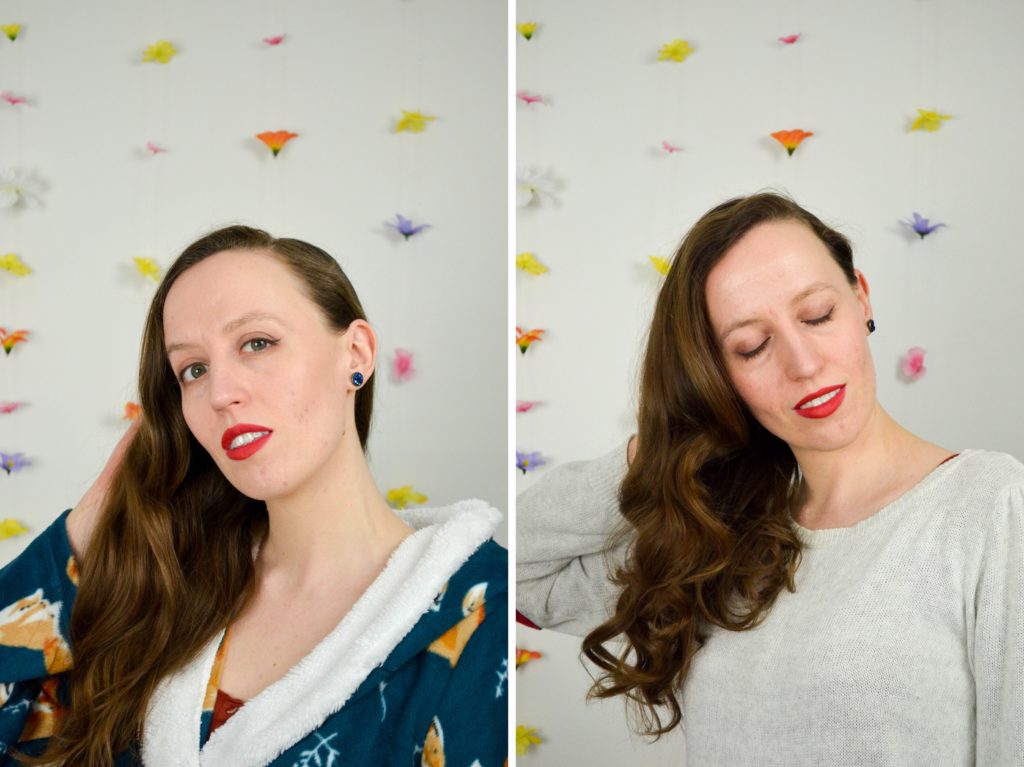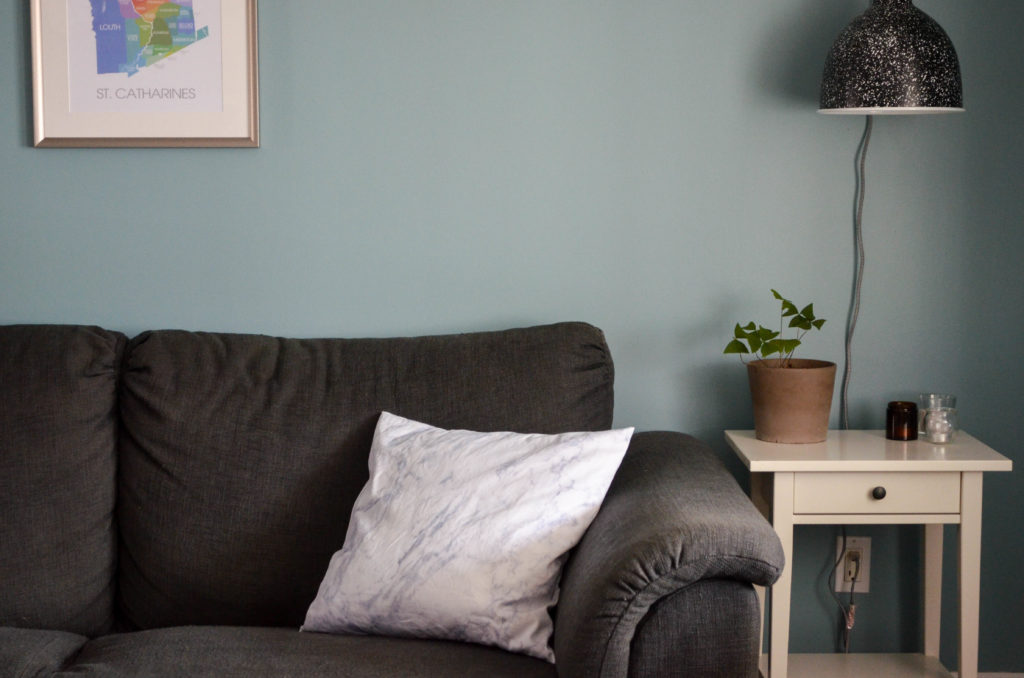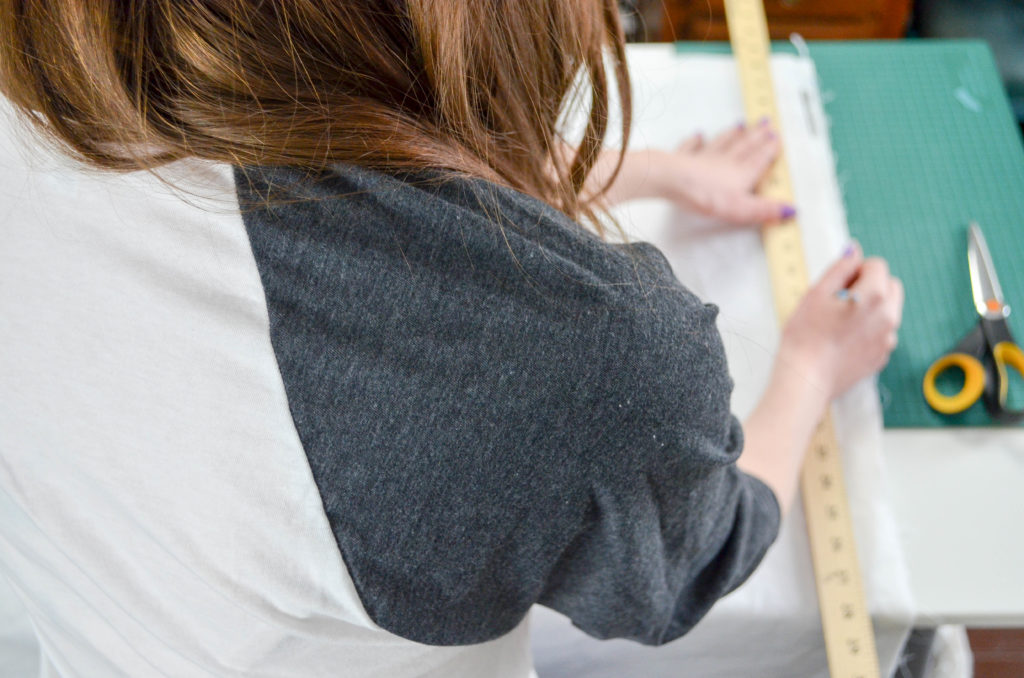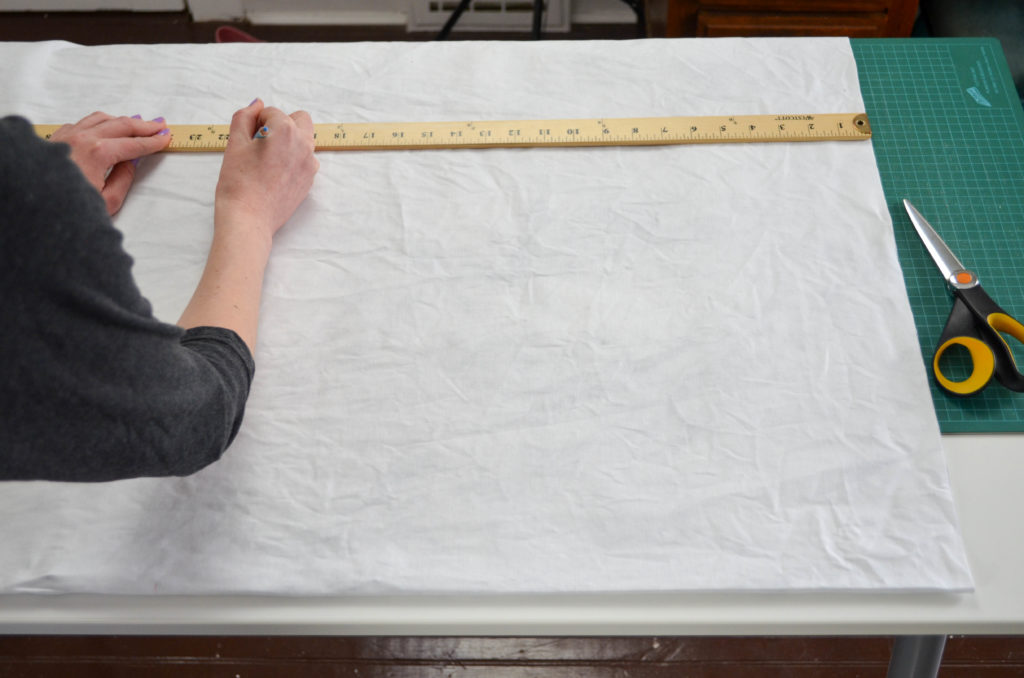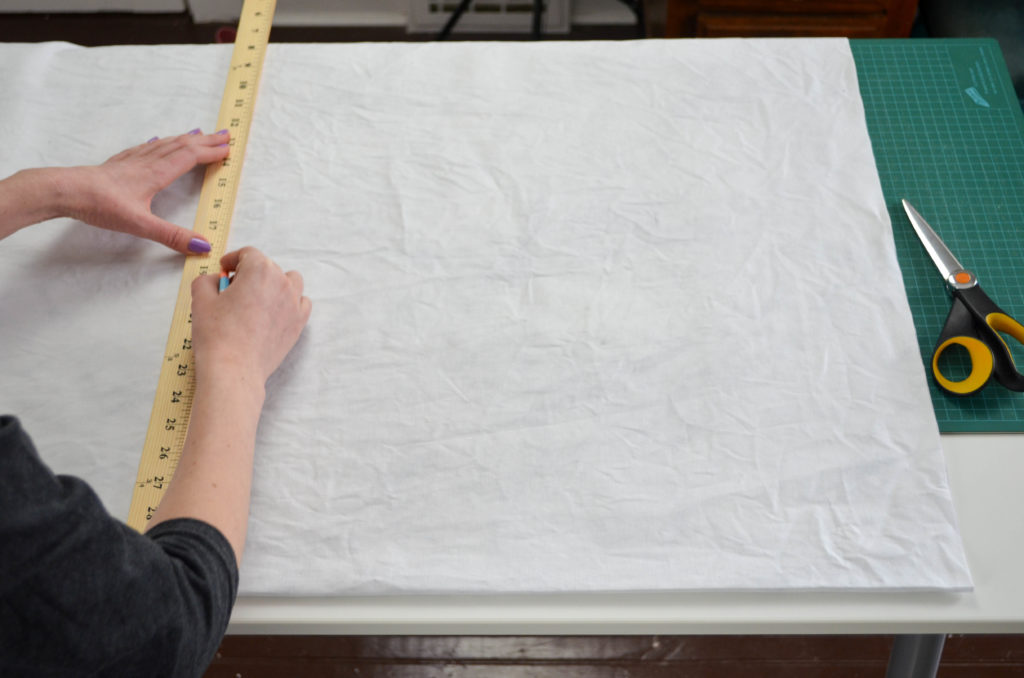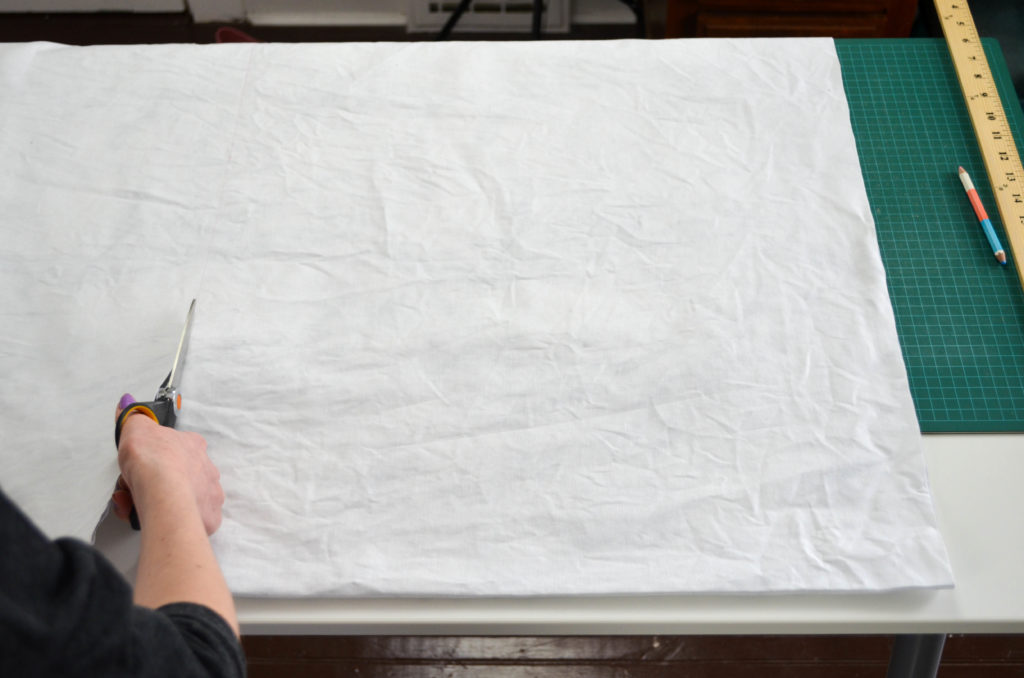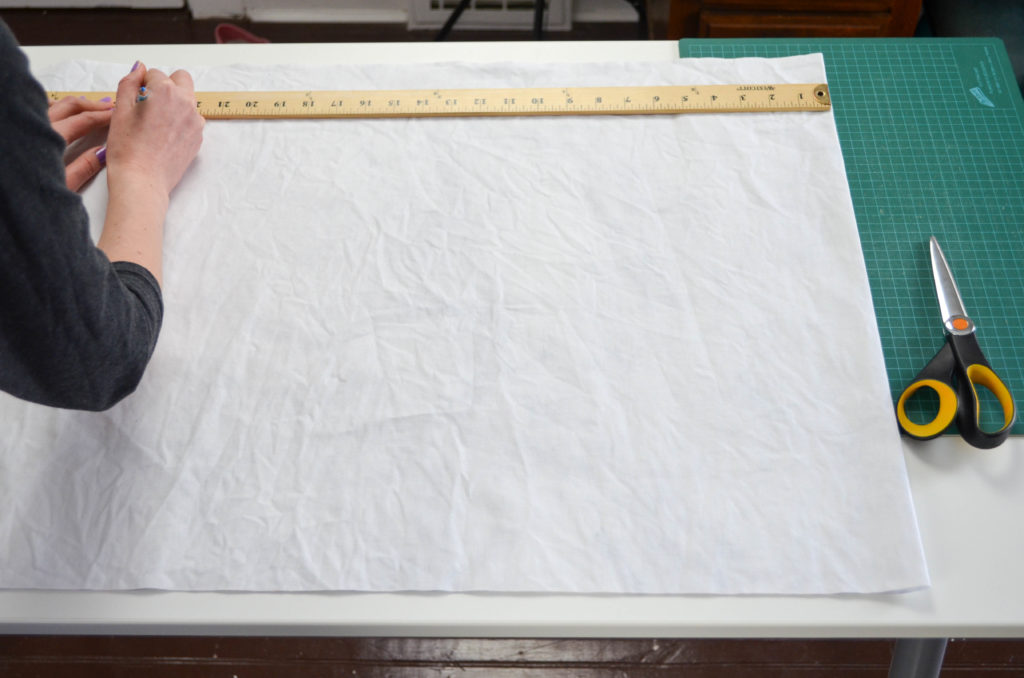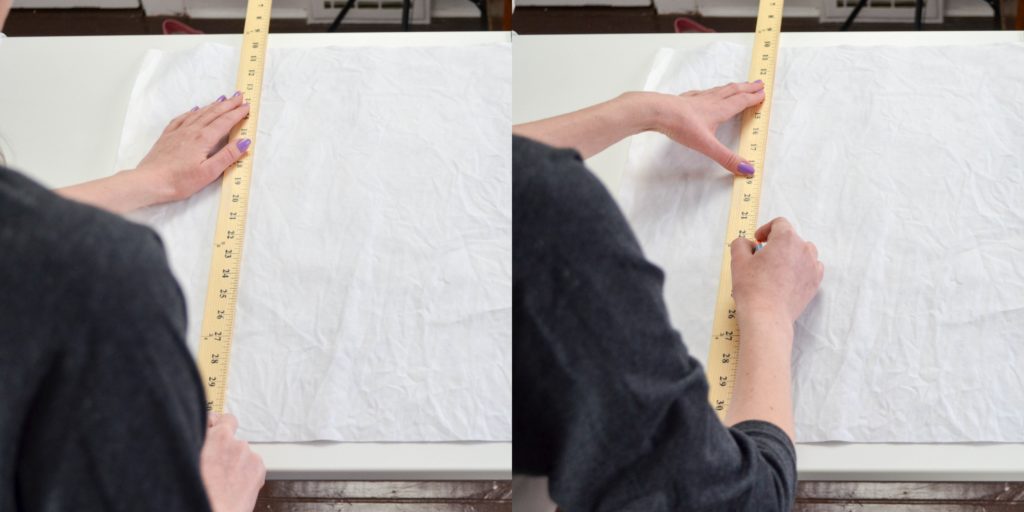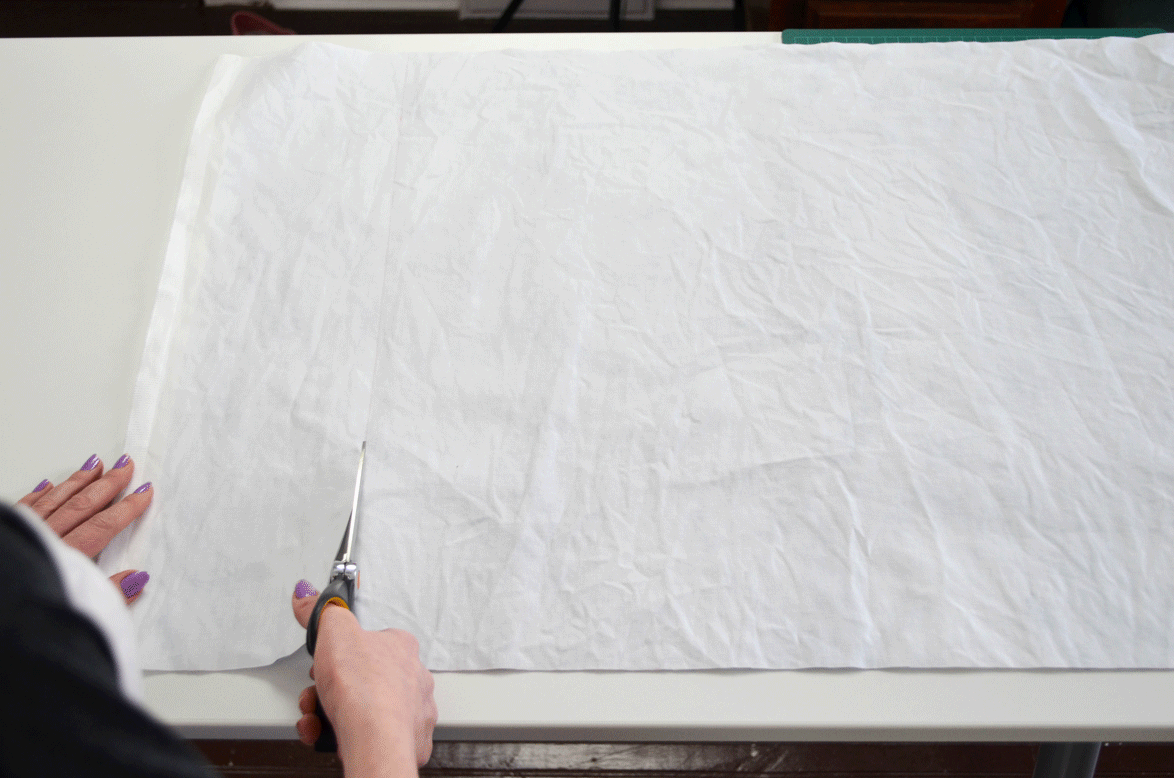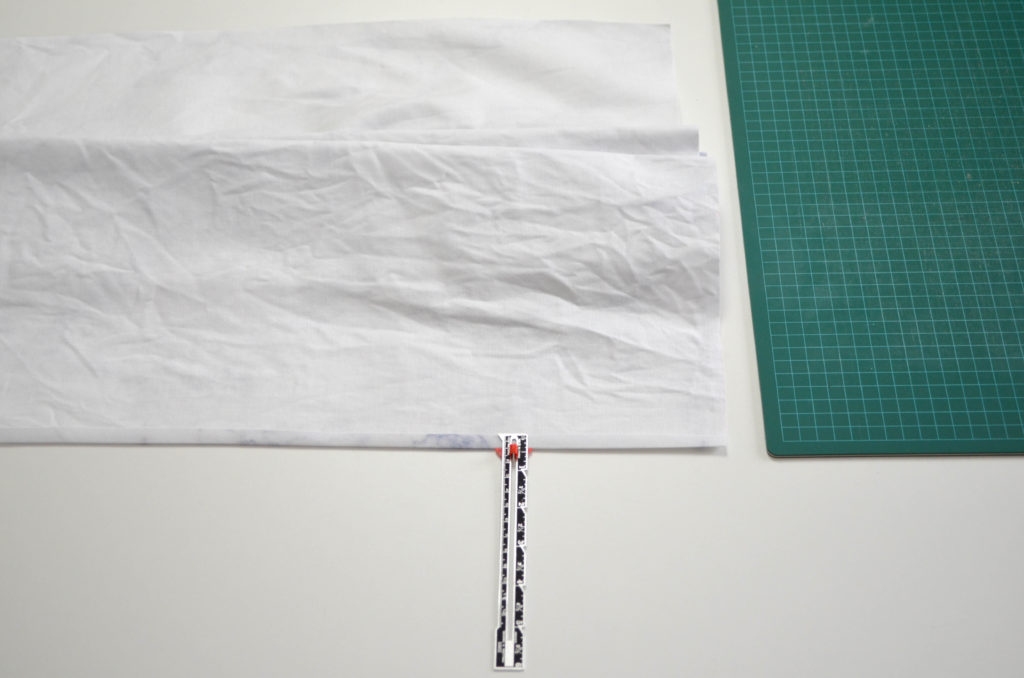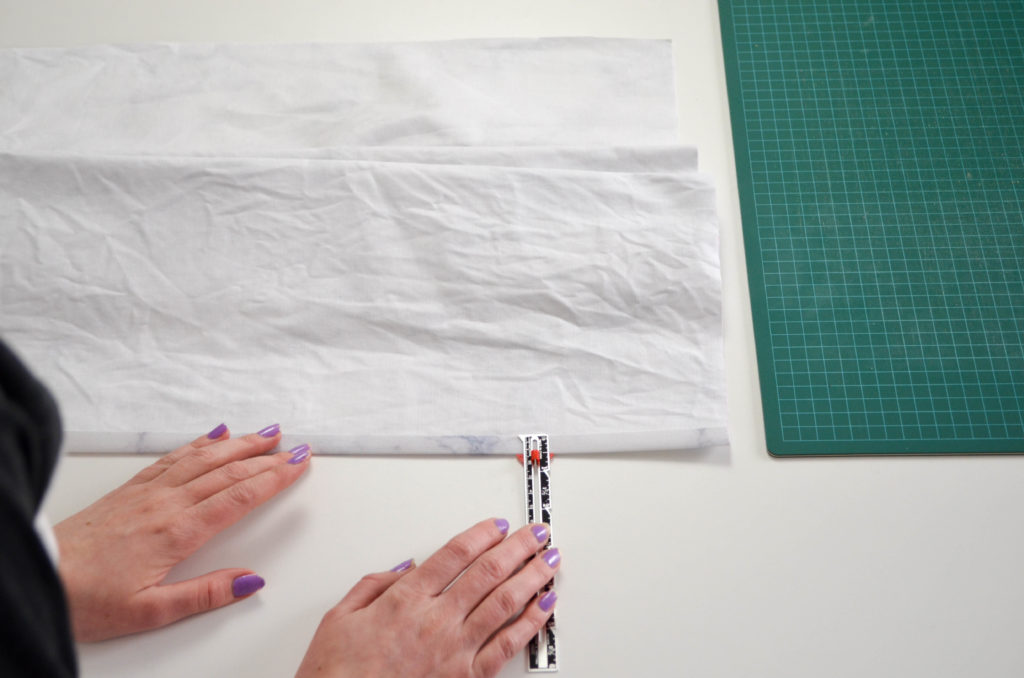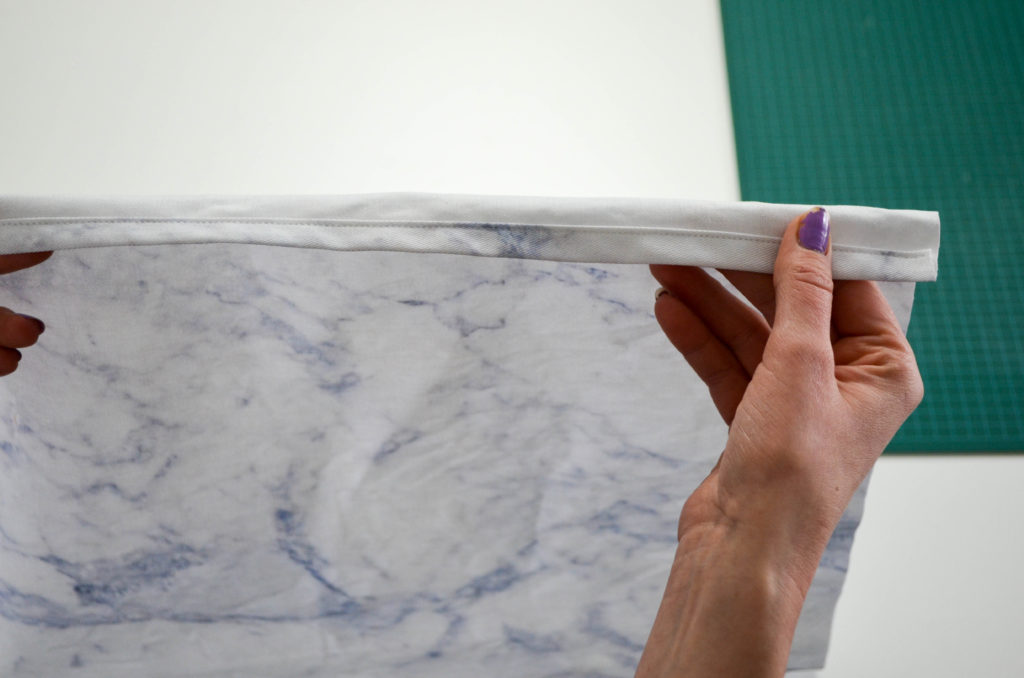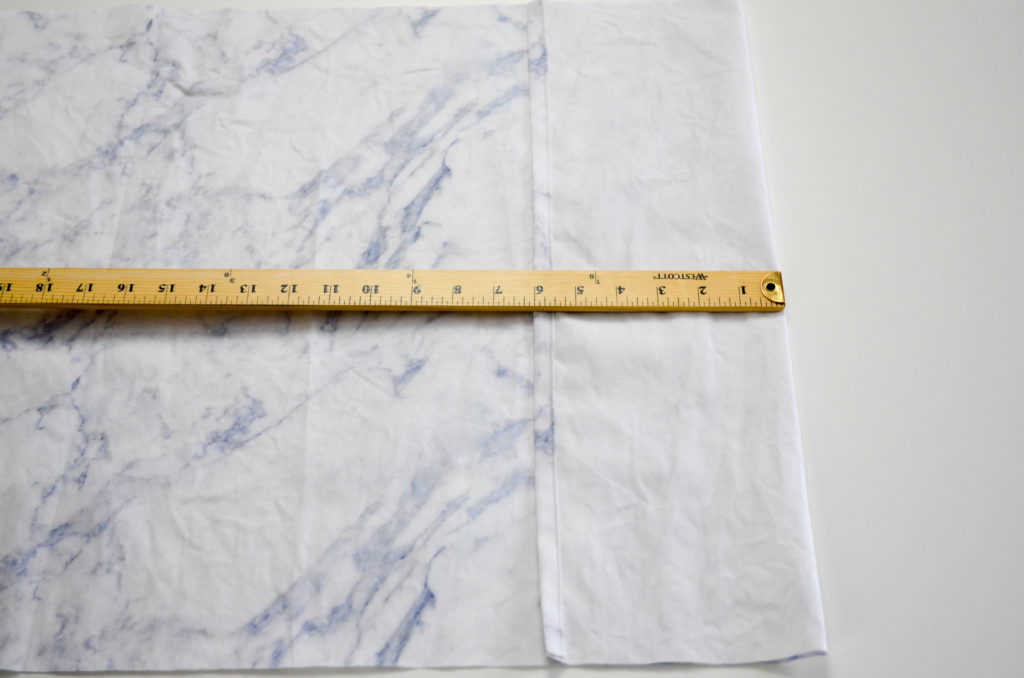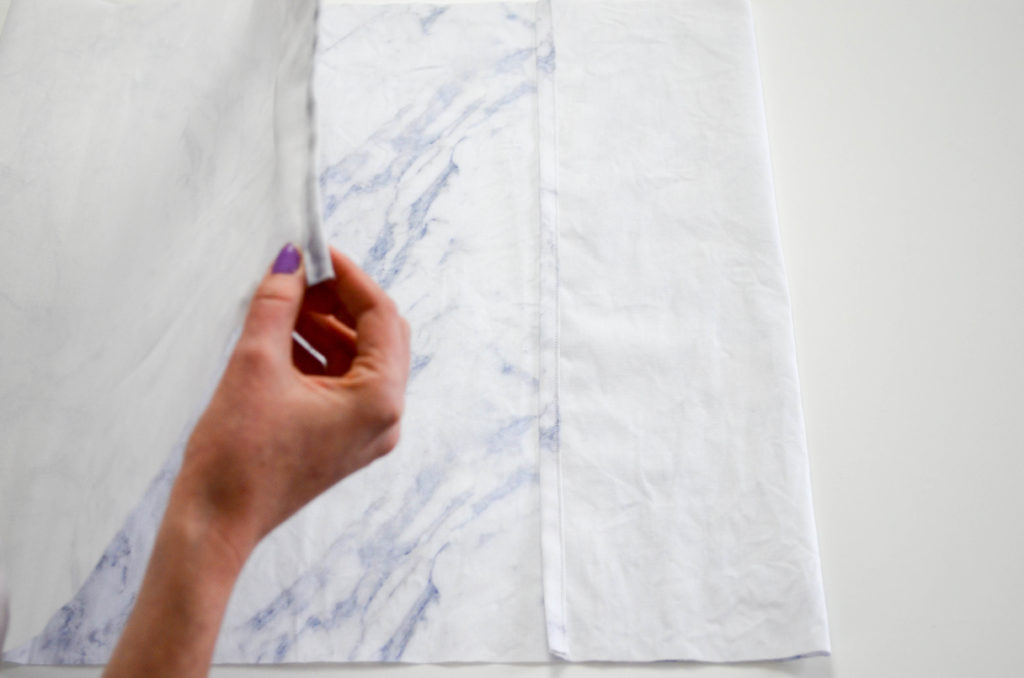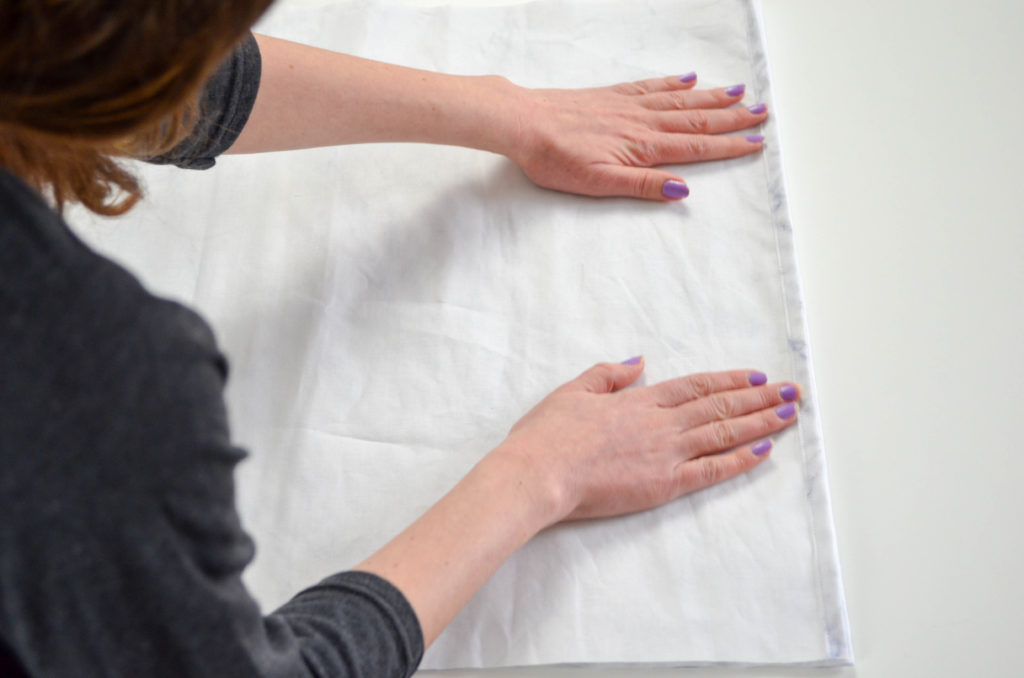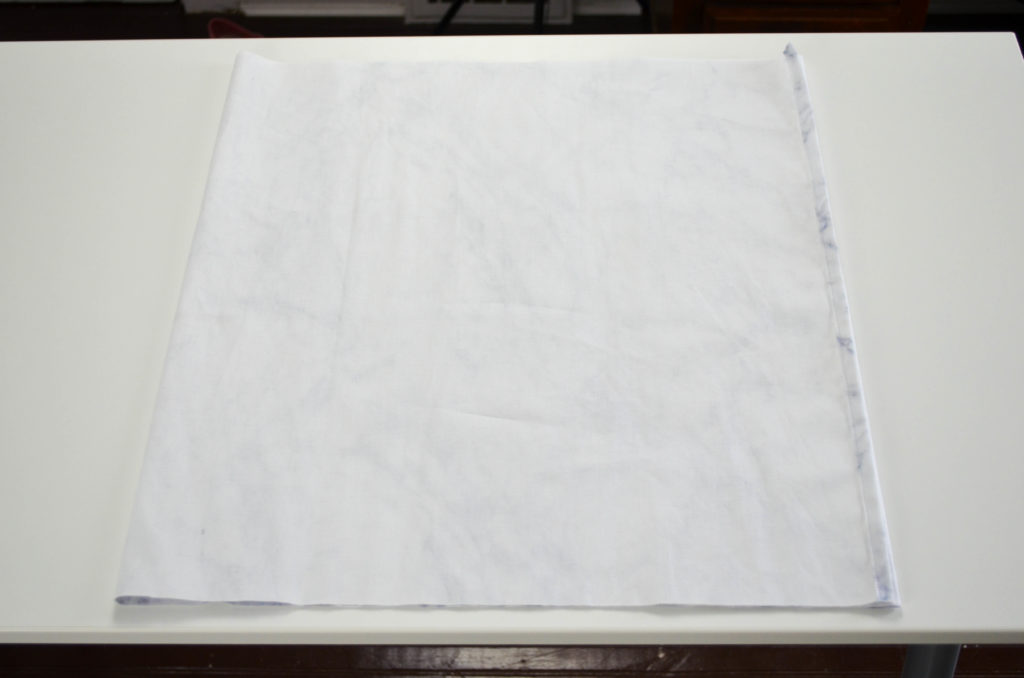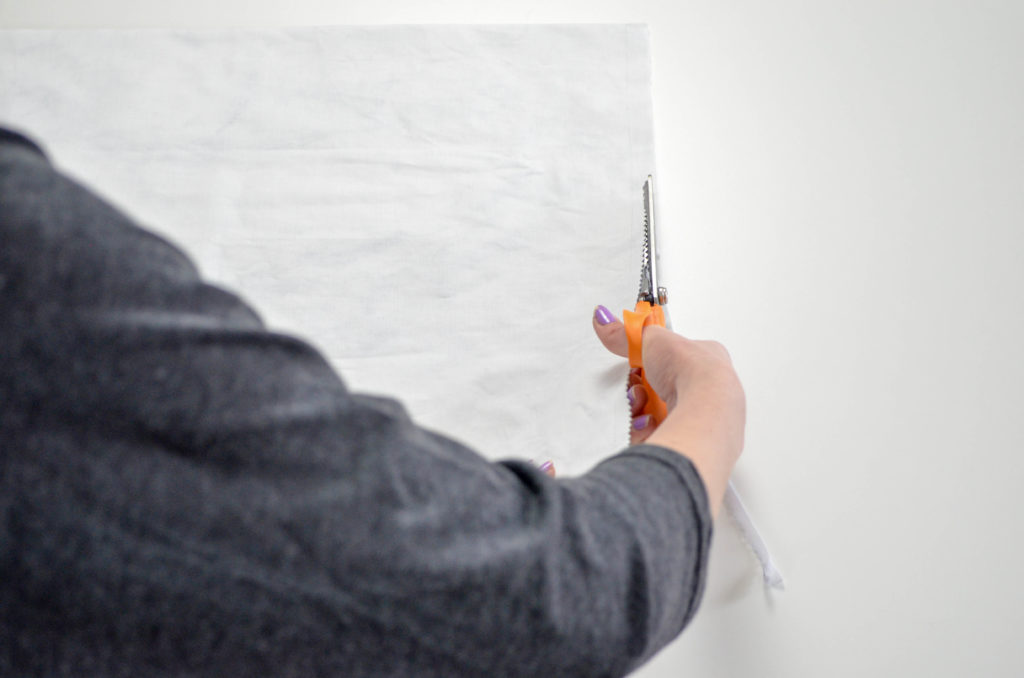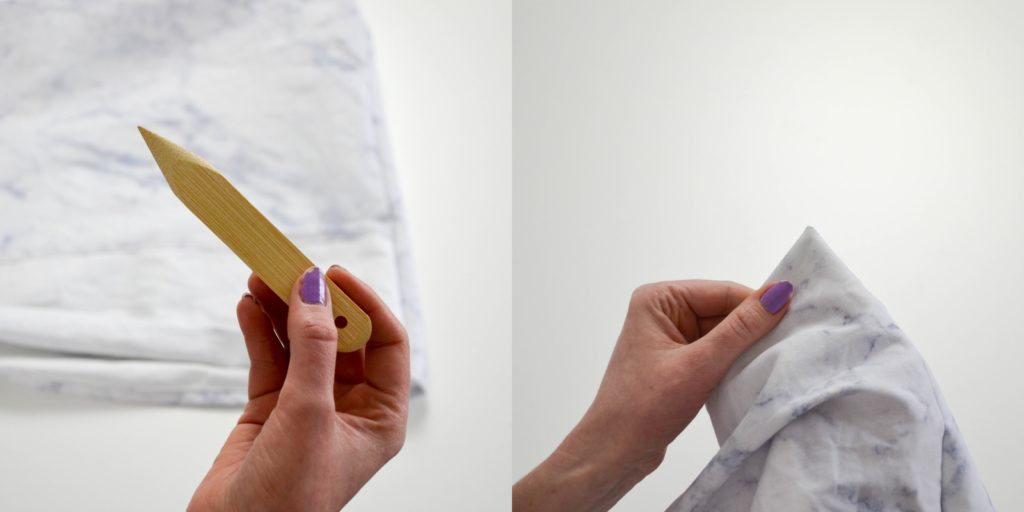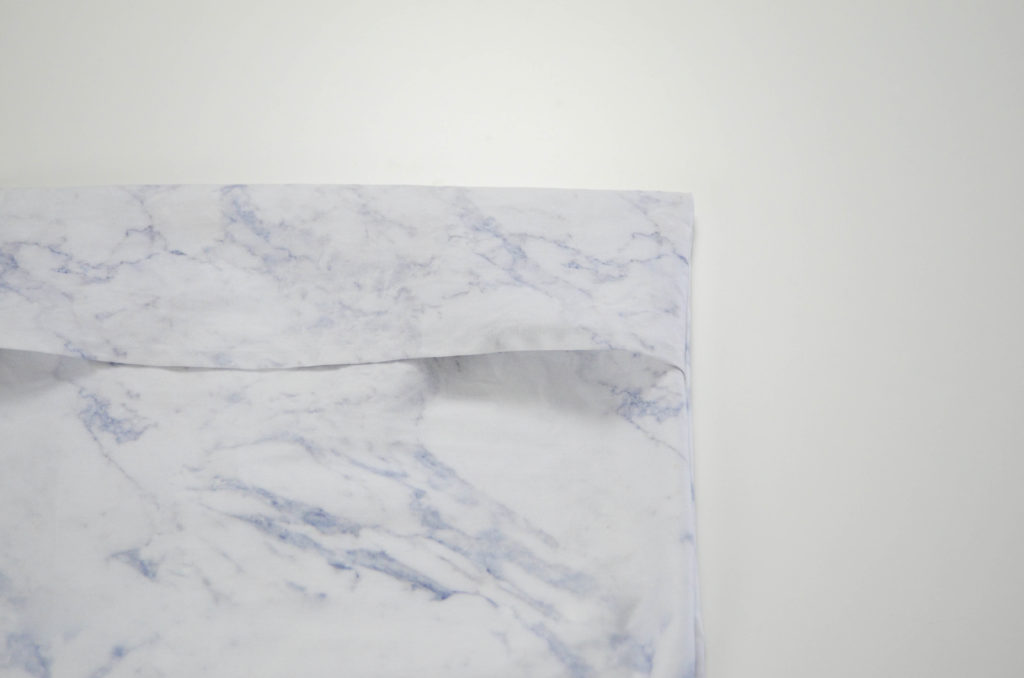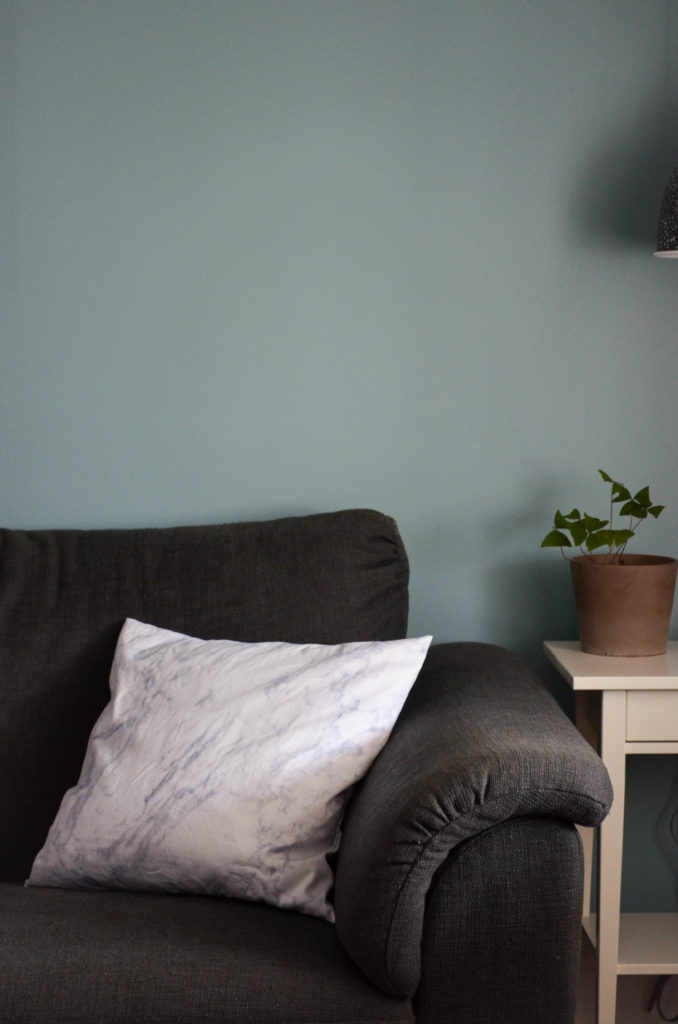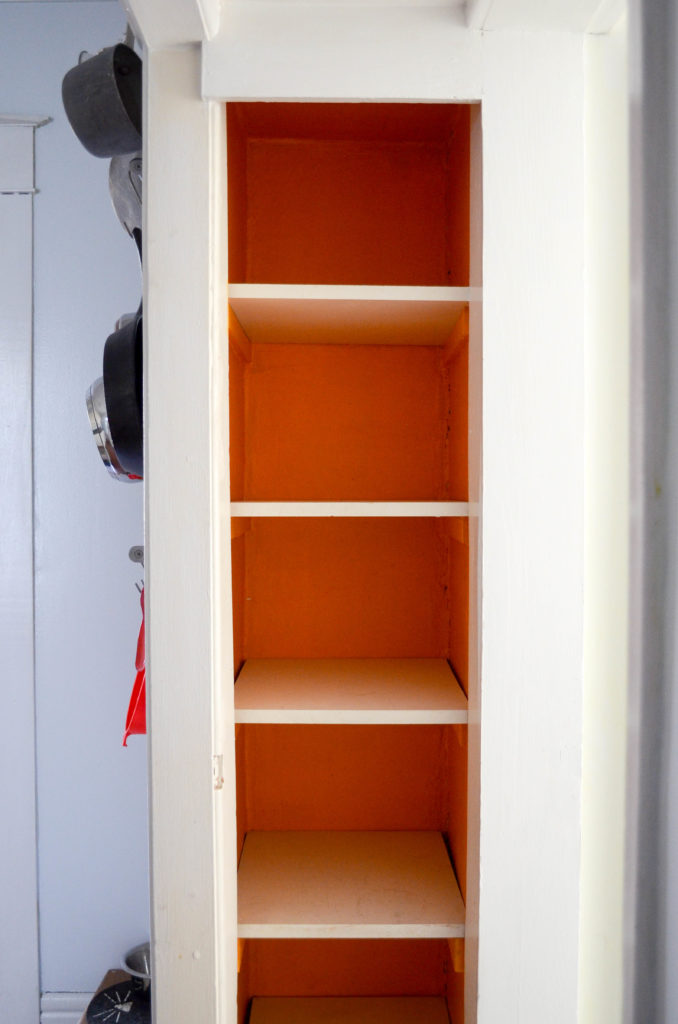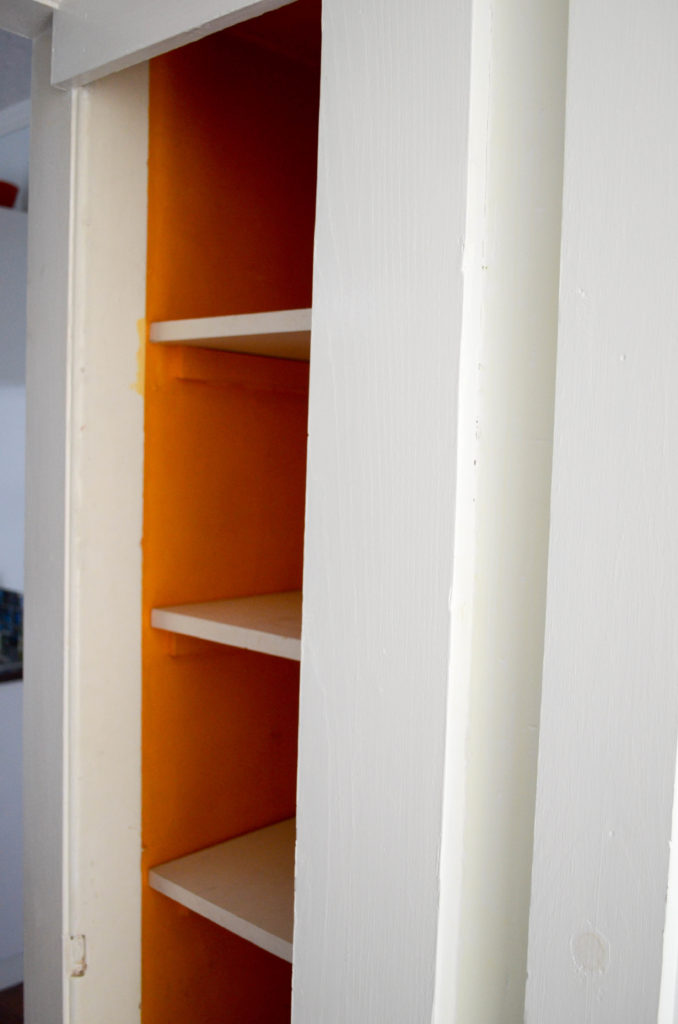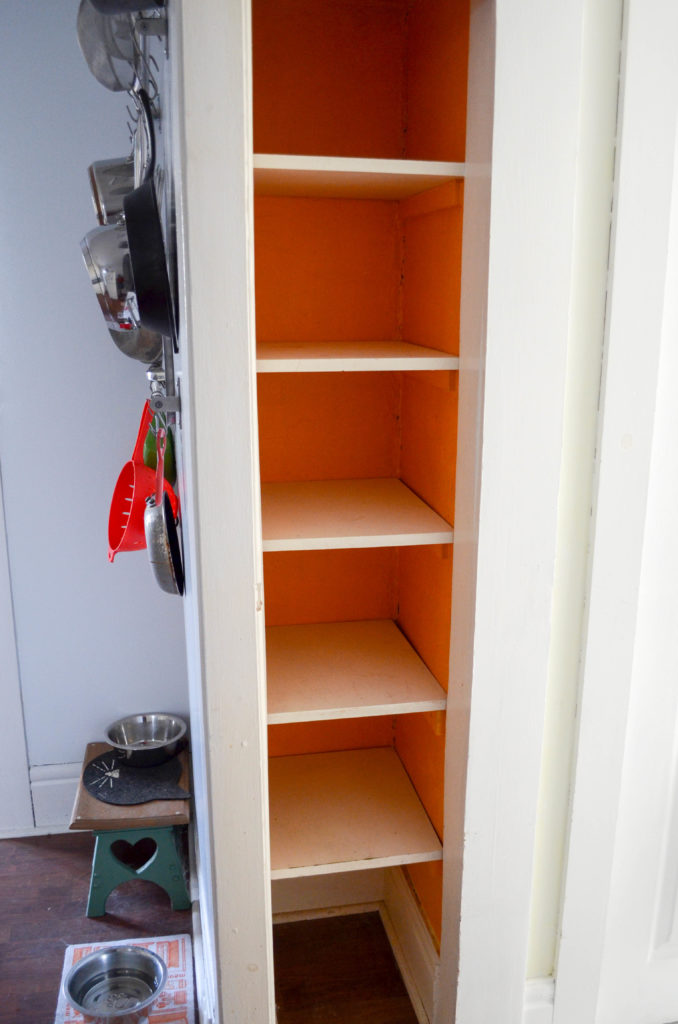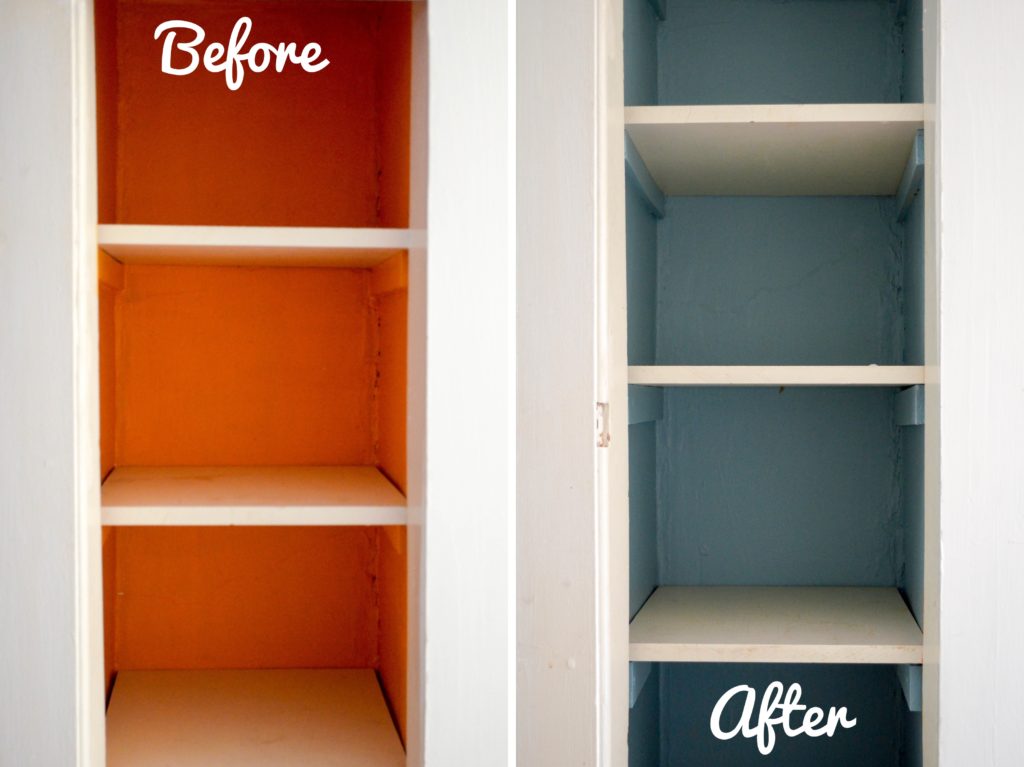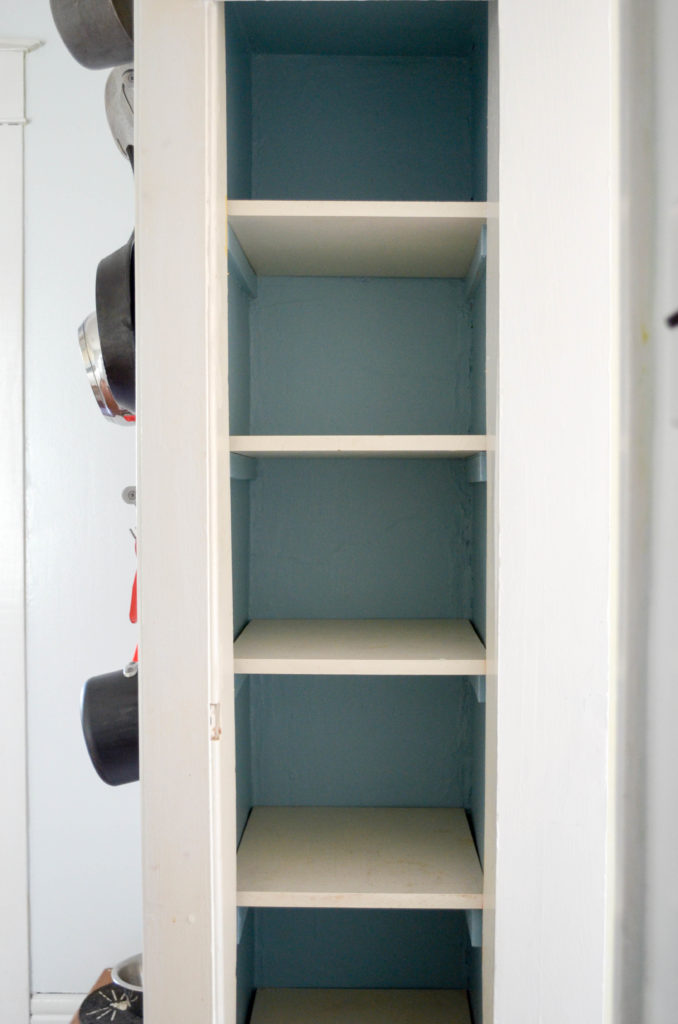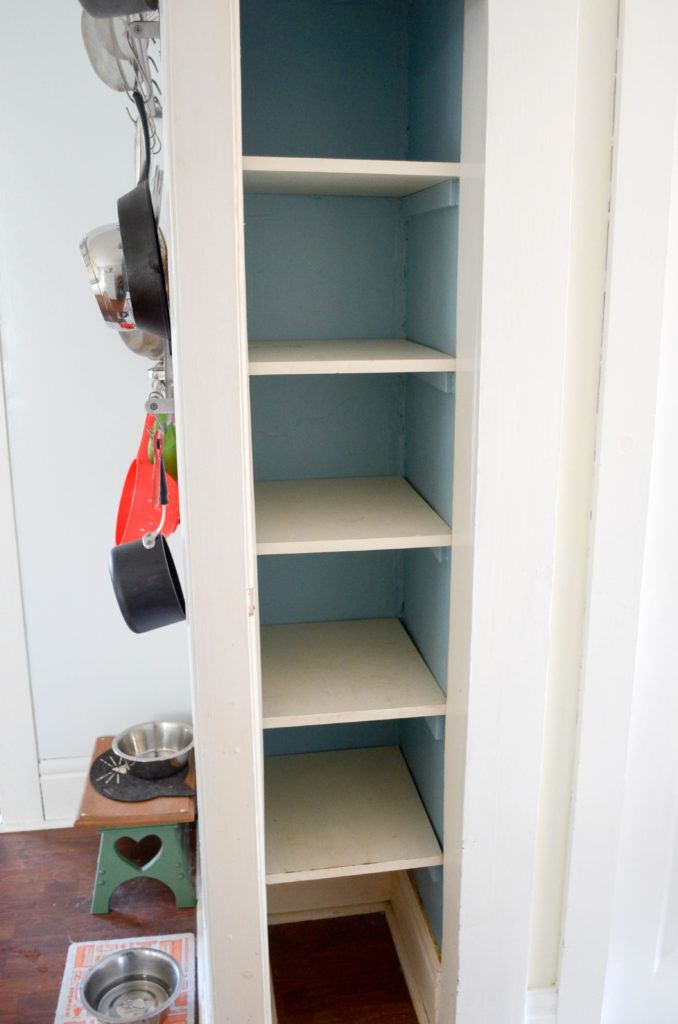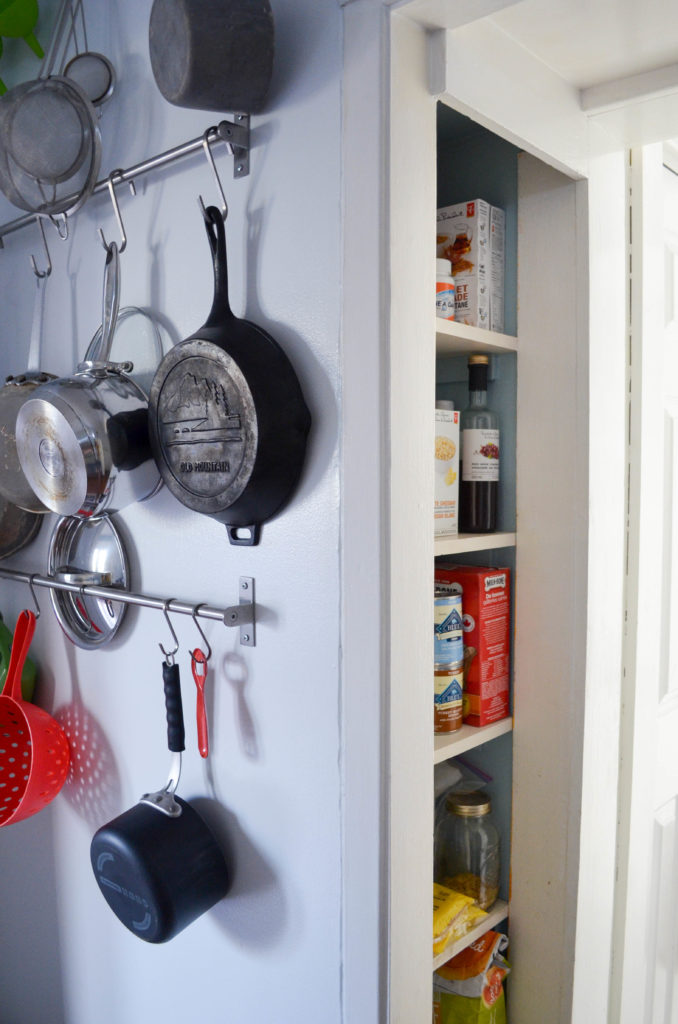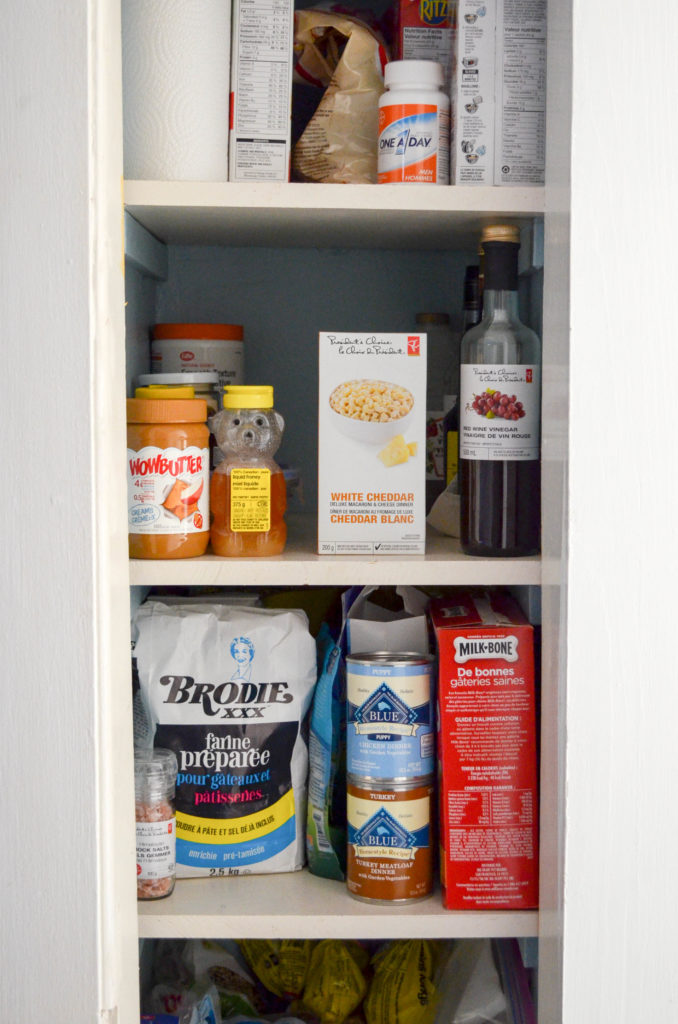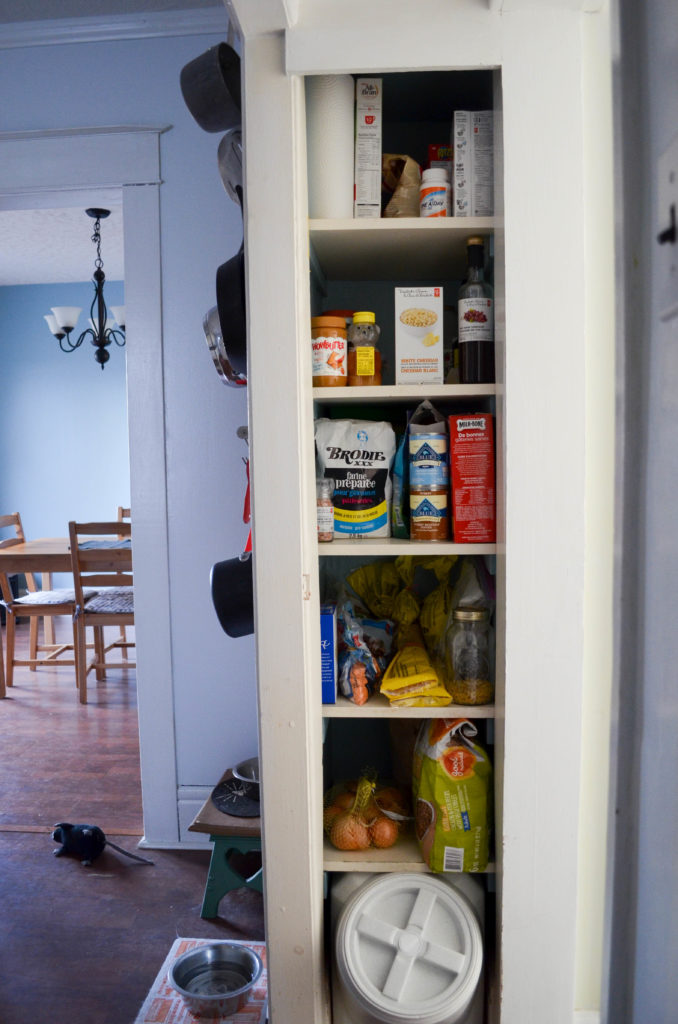Towards the end of 2018, I took a big leap and signed up to join Niagara Roller Derby. I was looking for friendship, a winter fitness routine and a way to expand the limits of my comfort zone. What I got was a community, muscles I’ve never seen before and a sense that I can take on the world.
I came to every practice but one, practised in my basement, cleaned the house in my skates more than once, was out skating on the streets the day they were clean and dry enough and this was the timeline that unfolded before me. Going from not having worn skates since they were made by Fisher Price to skating in my first bout took me six months. This doesn’t mean everyone will do it this quickly, or take this long, but here’s how the journey broke down for me.
Signing Up: Weeks -4 to -1
- Sign up for the learn to skate training program online or in person at a meet and greet event.
- Buy insurance. You can pay for the full year upfront or purchase a 90 day apprenticeship version and pay the rest once you’ve decided to stick around.
- Order your equipment! The best way to get everything you need is to purchase a fresh meat package from RollerGirl.ca or Bruised Boutique. Orders from Canadian shops take about one week to arrive and orders from US skate shops take 2-3 weeks.
You will need:- Helmet (multi-impact)
- Mouth guard
- Knee pads
- Wrist guards
- Elbow pads
- Skates (quads only)
The First Day: Week 0
- Your first day with us will be an introduction to the sport, and your fellow freshies, followed by a light workout to give you a taste of what you can expect when you put your skates on next week. Nothing but a pen and notebook are needed this week.
- When you arrive at the arena, you will be greeted at the door and delivered to your fresh meat group, so there’s nothing to fear!
Learning to Skate: Weeks 1 to 9
- You will spend the next nine weeks (or more if you need) learning and building the basic skills you will need to be able to skate with the team without hurting yourself or anyone else.
- You will also have opportunities to help out – off skates – at our home games. I highly recommend taking any opportunities to volunteer as it really helps you learn how everything works, plus you get free snacks for helping out.
- This is also a good time to start reading through the rules of our game.
The First Test: Week 10
- This is when, if you are ready, you take your first minimum skills test and graduate to skating with the league. You can see what’s on the test here. It is stressful, but not difficult.
Learning to Play: Weeks 11 to 26+
- You join the league!
- You practice with the team and learn how to play the game while continuing to build on the skills you’ve already learned.
- You read through and sign the league’s code of conduct.
- You go to league meetings, get a vote on upcoming initiatives and start to help out with the league any way you can.
- You get to choose your name and number!
The Second Test: Week ~27
- When you are ready, you take your second minimum skills test. This clears you for full contact and says you have the skills and endurance required to play safely. This test is easier than the first and just feels like a normal day at practice. You can see what’s on it here.
The First Bout: Week 28+
- You get your jersey, and it means everything.
Joining roller derby was one of the hardest things I’ve done in a long time. It was also one of the most rewarding. There were days where my stomach was in knots and I would think about how much easier my life would be if I just gave up now; but I didn’t. I pushed through and kept going because that feeling of coming out of practice every week feeling stronger and braver than you went in is one of the best feelings in the world.

